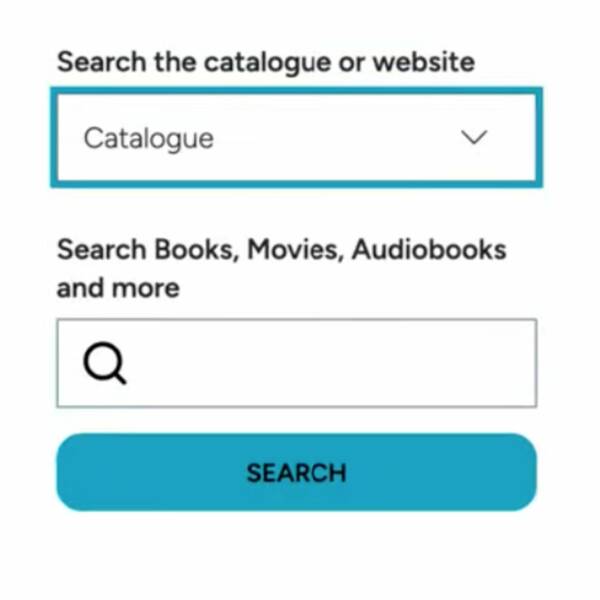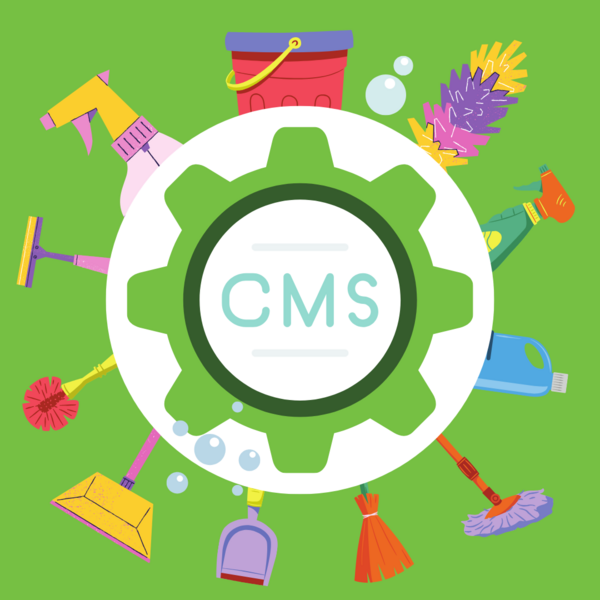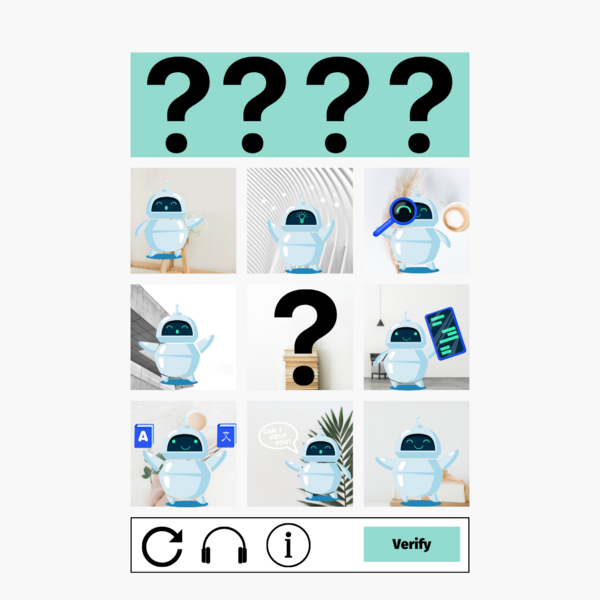Archive of past Mugo Web projects
While many Mugo projects transition into long-term partnerships, we are also called upon to help companies with specific projects for short-term goals. Our team are trusted experts, who can support in-house developers in many different enterprises. We're proud of the work we did in these cases and are happy to showcase our experience.
Mugo partnership 2014
Hootsuite's website had been created by great organic growth, but as their company and needs matured, they sought out an enterprise content management system. It needed to be scalable, enable quick content changes, support many integrations, and bring together multiple departments. They chose eZ Publish as the CMS and Mugo Web as the principal implementation team. For the entire year during implementation, Mugo Developers worked from the Hootsuite offices as their in-house development team.
Together with the Hootsuite marketing team, Mugo built a framework independent of the Hootsuite product stack to support future growth and content management best practices so that the website could be a lead generation machine.
Mugo did the following at Hootsuite:
Mugo partnership 2015
eWEEK was the flagship publication of QuinStreet Enterprise. Originally PC Week when it launched in 1983, it covered technology news, enterprise IT trends, and reviews of new tech products in a variety of digital formats.
Mugo built a new website for eWEEK that enabled:
Mugo partnership 2008
Mugo migrated Car and Driver's website, holding 50,000 content objects, to run on a platform based on eZ Publish. We focused on implementing a new design, setting up new content organization, and implementing some enhanced, interactive features such as an advanced image gallery and a car configurator.

Recently, one of our clients came to us looking to archive an older website that was no longer being updated. The site still needed to be accessible to the public for reference purposes. Taking it offline was not an option due to its historical value.
Running the site on a traditional hosting environment meant paying for a full web server, application runtime, monitoring, and associated maintenance — all of which were unnecessary for a site that no longer required server-side processing.
If you have a legacy site that doesn’t require dynamic content, migrating it to AWS S3 and CloudFront can be a highly cost-effective solution, all while ensuring it remains accessible, secure, and efficient.
Automating website management tasks like SSL certificate renewal is a great way to save time and mitigate human error, particularly if you manage multiple websites. Learn how to automate SSL certificate renewal using Let’s Encrypt and Oracle Cloud Infrastructure DNS API.
Building a website often comes down to choosing between “best–of-breed” services and cost-effective solutions that meet your business needs while being relatively easy to manage. Here we explore AWS services for automated text messaging and email, and compare them with other 3rd party options in the context of work done for GoLibrary.
Newly revised rules from the ADA regarding digital accessibility mean libraries in the United States have until April 26th, 2026, to ensure they are conforming to WCAG 2.1 AA standards. What does this entail, and how can a library system start making content more accessible?

Tabbing through a web page can be a frustrating experience. The user tabs to access a menu, but with the keyboard's next tap, they’ve moved on to another page element and have to retrace their steps to access the desired content.
For users who rely on keyboard navigation, this can be a major accessibility roadblock. And for other site visitors, it’s just poor UX.
Fortunately, you can implement a fairly straightforward function in JavaScript called a “focus trap” to ensure users don’t leave the page area they’re in without intending to do so.

Mugo partner since 2024
An initiative led by the Northern Lights Library System to promote library services to Indigenous communities

WordPress can be a great option for easy website development, but because of the rapid evolution of the CMS, it can lead to inefficient code and slow loading pages. We'll show you how to clean up unused CSS and JS from pages to improve site-wide performance.

CAPTCHA is an essential need on online forms, but to be blunt, the UX sucks. Without the implementation tips (helpfully detailed below), Google’s otherwise reliable reCAPTCHA service implemented “as-is” doesn’t actually provide any browser validation. The user will have to wait for it to make a time-consuming round trip to the server. It’s a problem for anyone and becomes compounded for users with accessibility needs.